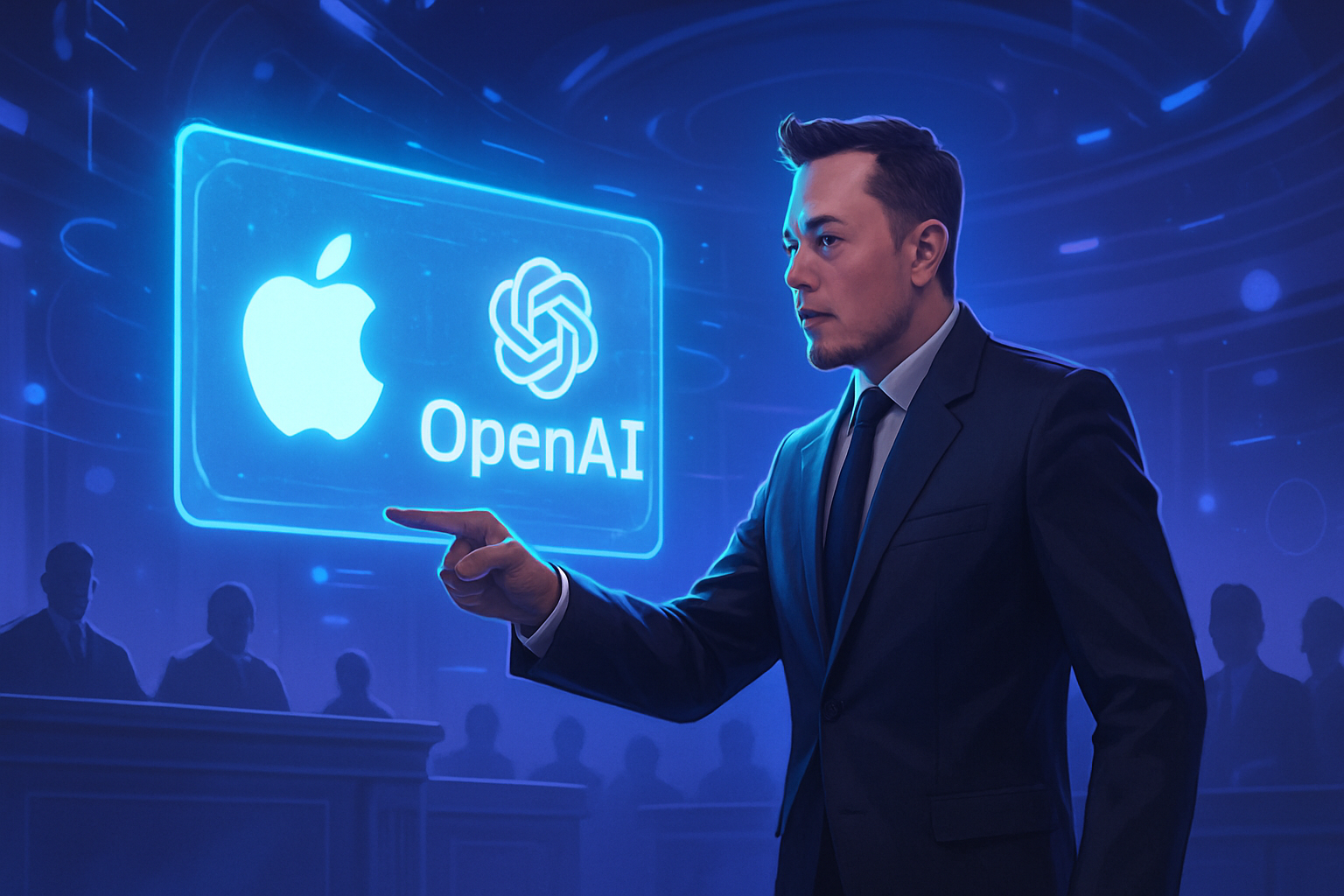OpenAI is in a precarious financial situation in light of its growing ambitions. Anticipating a loss of 5 billion dollars, the entity struggles to maintain its momentum despite projected revenues of 3.7 billion dollars. These challenges highlight crucial strategic issues, particularly the need to optimize spending on infrastructure and complex technologies. The titanic investments around ChatGPT incur prohibitive costs, severely affecting its cash flow. In the face of these turbulences, the search for financial solutions is more pressing than ever.
The Financial Outlook for OpenAI
OpenAI recently announced forecasts of revenues reaching 3.7 billion dollars this year. Despite this impressive figure, the company faces a considerable economic challenge, anticipating colossal losses of 5 billion dollars. The operational costs associated with training its models, particularly ChatGPT, represent a substantial portion of these excessive expenditures.
The Costs Associated with AI
Training artificial intelligence models, like ChatGPT, requires phenomenal computing resources. These technological infrastructure expenses to support operations have a direct impact on OpenAI’s profitability. Computing power expenses, in particular, have become an overwhelming financial burden for the company.
Comparison with Competitors
By comparison, companies like Anthropic project significantly lower investments, with expenses reaching 2.7 billion dollars for the upcoming year. This disparity in financial burdens highlights the difficulties OpenAI will face in maintaining its operations while ensuring viable growth.
Impact on Cash Flow
Projected losses of 5 billion dollars have raised concerns regarding OpenAI’s cash flow over the next twelve months. The lack of adequate restructuring could limit the company’s ability to meet its financial obligations. A liquidity crisis could thus jeopardize its expansion plans.
Lessons Learned
OpenAI’s business model highlights fundamental issues in the field of artificial intelligence. Cost management needs to be rethought to avoid severe repercussions on the company’s viability. Investments in data infrastructure prove crucial, as they are the essential pillar of success in artificial intelligence. More information on this subject can be found here.
The Challenges Ahead
The consequences of projected losses in 2024 raise questions about OpenAI’s long-term sustainability. As competition intensifies, and other companies invest more in AI solutions, OpenAI must find innovative ways to generate substantial profits while controlling costs.
Conclusion on the Financial Crisis
With projected losses combined with stagnant revenues, OpenAI must urgently review its operations to avoid a potential major liquidity crisis. Beyond the numbers, the issue lies in the company’s ability to innovate and renew itself in the face of an increasingly fierce competitive environment. Emergencies like this can sometimes catalyze innovation and lead to solutions that reshape the industrial landscape.
Related Articles
Many sectors are experiencing the growing impact of artificial intelligence, and initiatives like those from Runway illustrate how other companies are adapting to this reality. The coexistence of AI and humanity continues to raise questions, as demonstrated by the article on the complex relationship between AI and man.
User FAQ on OpenAI’s Financial Losses
Why is OpenAI anticipating a loss of 5 billion dollars this year?
OpenAI is facing high costs related to operating and training models like ChatGPT, resulting in a significant increase in its expenses despite generated revenues.
What are OpenAI’s projected revenues for this year?
OpenAI expects revenues of approximately 3.7 billion dollars for the current year, which is insufficient to cover its high expenses.
How does OpenAI finance its operations while incurring significant losses?
OpenAI may seek external funding, strategic partnerships, and investments to support its operations despite its losses.
What are the main expenses contributing to OpenAI’s losses?
OpenAI’s losses mainly stem from the costs associated with the computing power required to train its artificial intelligence models, as well as research and development expenses.
Can OpenAI become profitable in the future?
While OpenAI is currently incurring losses, future profitability will depend on its ability to reduce its costs, increase its revenues, and develop new products or services.
What impact can these losses have on OpenAI’s cash flow?
Significant losses may jeopardize OpenAI’s cash flow, limiting its ability to invest in innovation and develop new projects.
How does OpenAI’s financial situation compare to that of its competitors?
OpenAI stands out due to much higher losses compared to competitors like Anthropic, which plan significantly lower investments, potentially giving them a competitive advantage.
What measures is OpenAI considering to reverse its financial situation?
OpenAI may explore various means, such as optimizing its expenditures, seeking new revenue sources, and improving the efficiency of its operations.






